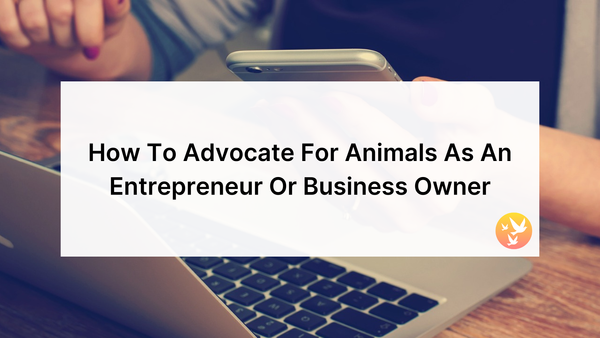Second Order Thinking
Our actions have immediate consequences, but the effects of our actions don't stop there. The effects of our actions then become the causes of additional effects, on and on in a chain of cause and effect that continues forward into the future.
The immediate effects of eating cake might be deliciousness; the effects that come later might be a sugar high, then a sugar crash. The immediate effects of exercise might be getting sweaty and feeling uncomfortable; the effects that come later might be feeling better mentally and physically.
Initial effects are often called "first order effects," while the effects that come after are referred to as second order effects, knock-on effects, or flow-through effects. These second order effects are the ripples that keep going after our initial action is done.
(And sometimes, the ripples that come later can be bigger than the ones that come first.)
When it comes to animal advocacy, there are examples of second order effects that are more relevant than eating cake, of course.
Pushing aggressively for someone to change their behavior may or may not be successful, but the relationship may be damaged which might negatively impact future attempts to work together.
Attending a conference might initially just result in a few conversations and new relationships, but those relationships may lead to future life-changing opportunities in a few months or years.
Building relationships with other movements may be slow work initially, but those relationships might enable collaborations later on that help us pass pro-animal policies.
Of course, these examples are too generic to be useful; the specifics matter a lot. But the main point is that it's important to consider second order effects when taking action, because those effects can sometimes come to account for the majority of the impact you have with an action. Your first action may do x, but the second order effects could lead to x, y, and z.
There's a great phrase from ecology that also captures this: "You can't do just one thing."
If you want to learn more about second order thinking, check out these two resources for a start:

